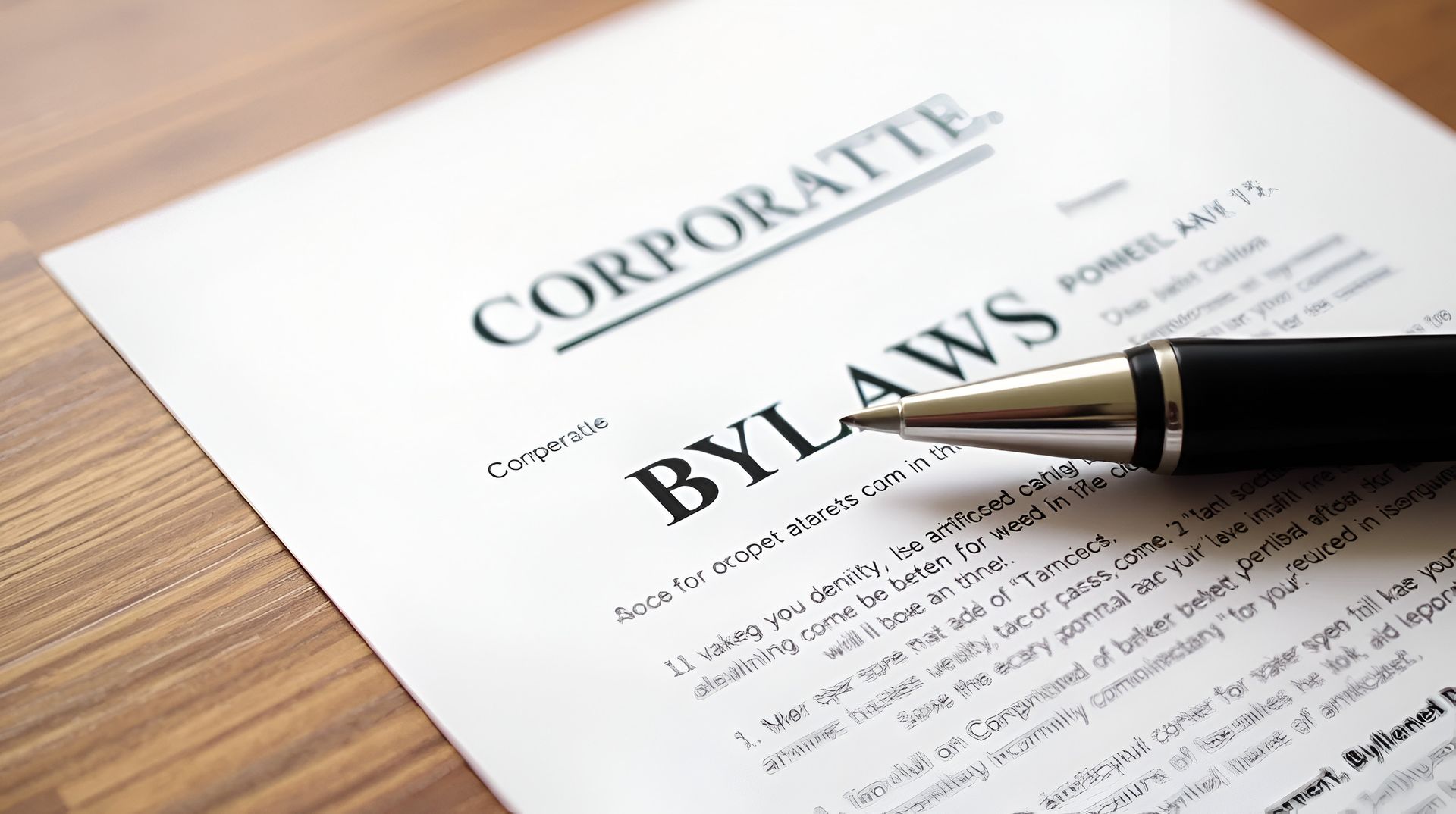Blog

Nonprofit mergers are relatively uncommon, but they’re not unheard of. Mergers are more frequent between nonprofits in health care, education, and social services where missions and funding often overlap.
Nonprofit mergers can take several forms, from full mergers that create a single new organization to absorptions where one entity folds into another, to “back-office” mergers where two or more nonprofits share leadership or administrative functions without combining programs.
Unlike for-profit mergers, which are typically driven by market share or financial return, nonprofit mergers revolve around purpose. Board members and donors are often deeply committed to a specific mission and culture, and they’re naturally reticent about diluting either the mission or the culture through consolidation.
Still, there are many nonprofits that do have similar or complementary missions and scopes. When a merger does make sense, it can strengthen financial stability, expand services, and amplify community impact, as long as the organizations take the right legal and strategic steps.
Begin With Mission and Compatibility Reviews
The first step in the consideration phase is philosophical rather than legal. Before drafting agreements or discussing asset transfers, both boards must determine whether the missions, programs, and organizational cultures truly align. A merger between nonprofits that serve different causes or operate under conflicting values can create more problems than it solves.
Boards should evaluate how each organization’s vision, community relationships, and donor expectations fit together. Reviewing strategic plans, service areas, and brand identities helps ensure the merged entity continues to serve its community effectively without confusing stakeholders or straying from its charitable purpose.
Conduct Comprehensive Legal Due Diligence
Once mission alignment is clear, legal due diligence becomes the foundation for a compliant merger. Each organization should work with legal counsel to review:
- IRS Form 990 filings and tax-exempt status
- State charitable registration and standing with the Georgia Secretary of State
- Articles of incorporation and bylaws
- Existing contracts, leases, and grant agreements
- Outstanding debt, pending litigation, or employment issues
- Restricted funds, endowments, and intellectual property
Due diligence ensures that no hidden liabilities or compliance issues follow the new organization after the merger. It also confirms that donor restrictions, program obligations, and reporting requirements remain intact.
Obtain Board and Regulatory Approvals
Under Georgia’s Nonprofit Corporation Code (O.C.G.A. § 14-3-1101 through 1113), both boards must approve the merger, and in some cases, voting members must also consent. The organizations will then file Articles of Merger with the Georgia Secretary of State.
If either nonprofit holds charitable assets, the Georgia Attorney General may review the transaction to ensure donor intent and public benefit are preserved. Early consultation with legal counsel helps identify when this step is necessary and avoids delays in state approval.
Plan for Asset and Liability Transfers
Every merger requires a detailed plan for transferring assets, liabilities, and obligations. Nonprofits must pay special attention to restricted funds and endowments, since these can only be used in ways consistent with donor intent. Property, bank accounts, and contracts should be inventoried and reassigned under the surviving entity’s name once the merger is finalized.
A clear transfer agreement helps avoid disputes over ownership and ensures the merged organization can continue operating without interruption.
Address Employment and Leadership Structure Early
Merging staff and leadership teams can be as challenging as combining assets. Clarifying leadership roles early prevents confusion and power struggles after the merger. Boards should decide who will serve as CEO or executive director, how compensation will be structured, and which employment policies will apply to all staff.
Employee benefits, retirement plans, and insurance coverage may also need to be reconciled. Transparent communication during this phase maintains morale and ensures a smooth transition.
Communicate Transparently With Stakeholders
Donors, volunteers, and partners should hear about the merger directly from the organizations involved—not through rumors or public filings. Joint announcements should explain why the merger supports the mission and what benefits it brings to the community and the people served by the nonprofits.
Transparency builds confidence and reduces the risk of losing funding during the transition. When donors understand that the merger strengthens impact, they’re more likely to continue their support.
Update Governance and Legal Filings Post-Merger
After the merger is formalized, the new or surviving organization must update its legal documents and registrations. This may include:
- Amending or restating bylaws and articles of incorporation
- Updating the organization’s EIN and IRS records
- Renewing state charitable registrations under the new entity
- Revising board policies and committee structures
Ensuring these filings are accurate and timely prevents future compliance issues and solidifies the legal standing of the merged nonprofit.
Work With an Atlanta Nonprofit Attorney to Navigate a Smooth Merger
A well-planned nonprofit merger can preserve valuable programs and expand community impact, but the process involves strict legal requirements. A Georgia nonprofit attorney can guide your organization through due diligence, draft merger documents, and help ensure compliance with state and federal law at every stage.
For nonprofits in Atlanta considering a merger, proper planning and legal guidance are essential. Call nonprofit general counsel Cameron Hawkins at (678) 921-4225 for legal advice and due diligence.











